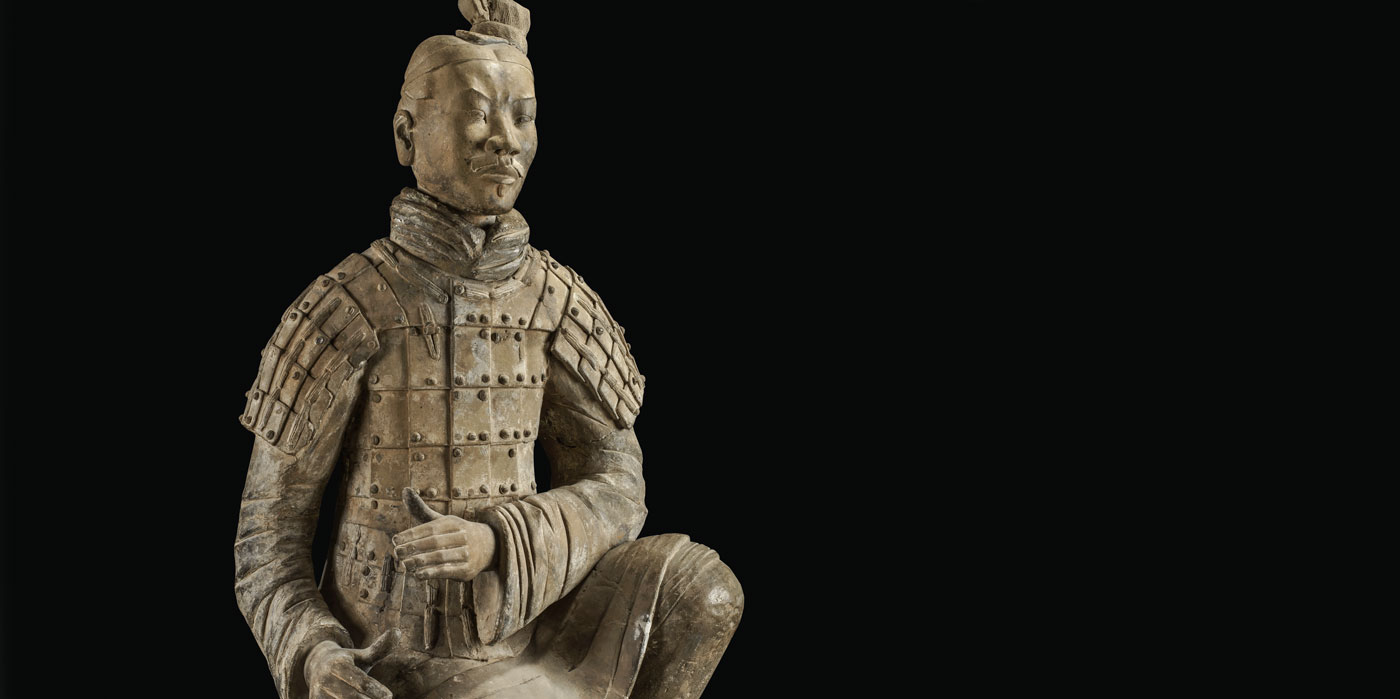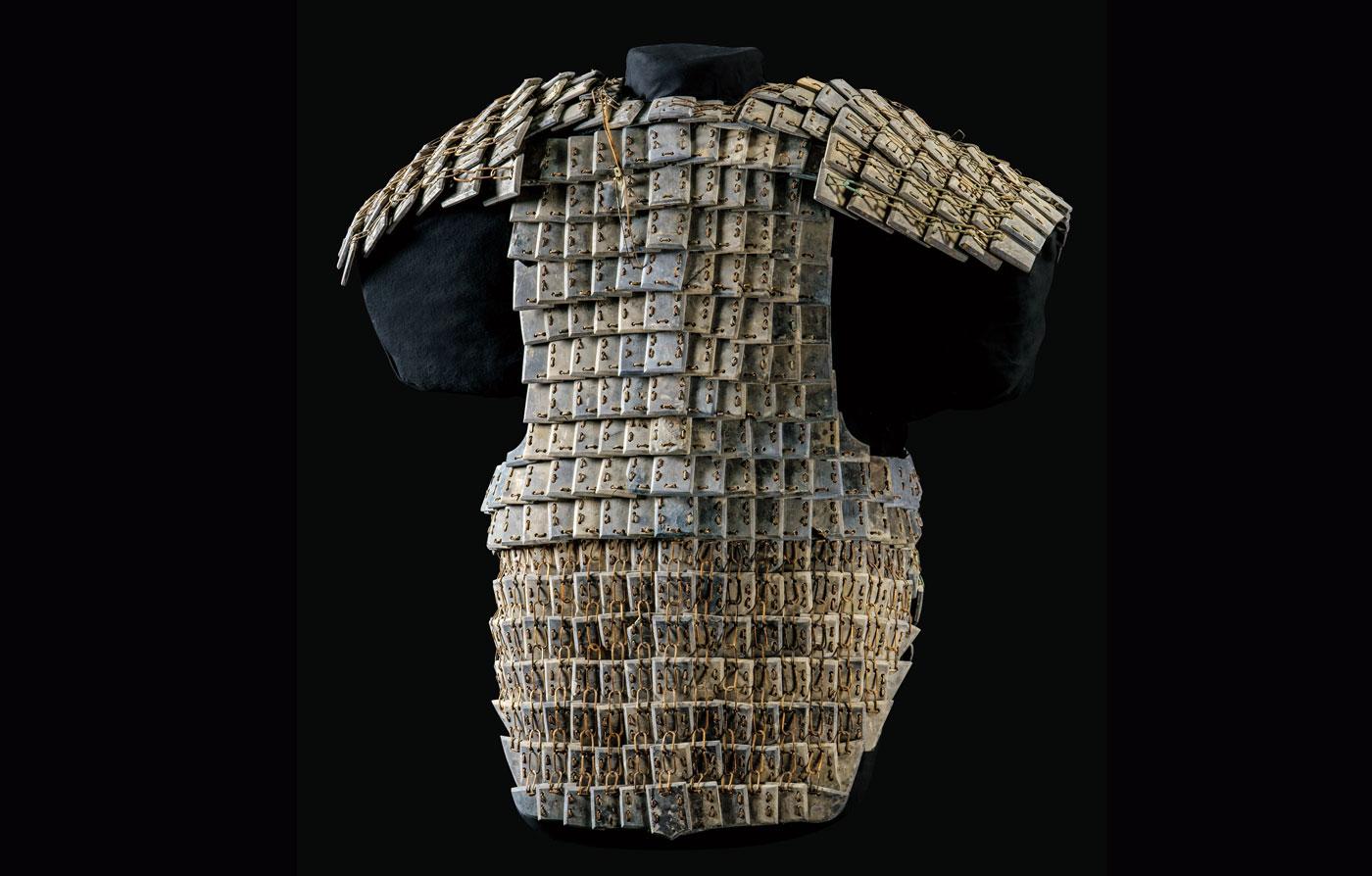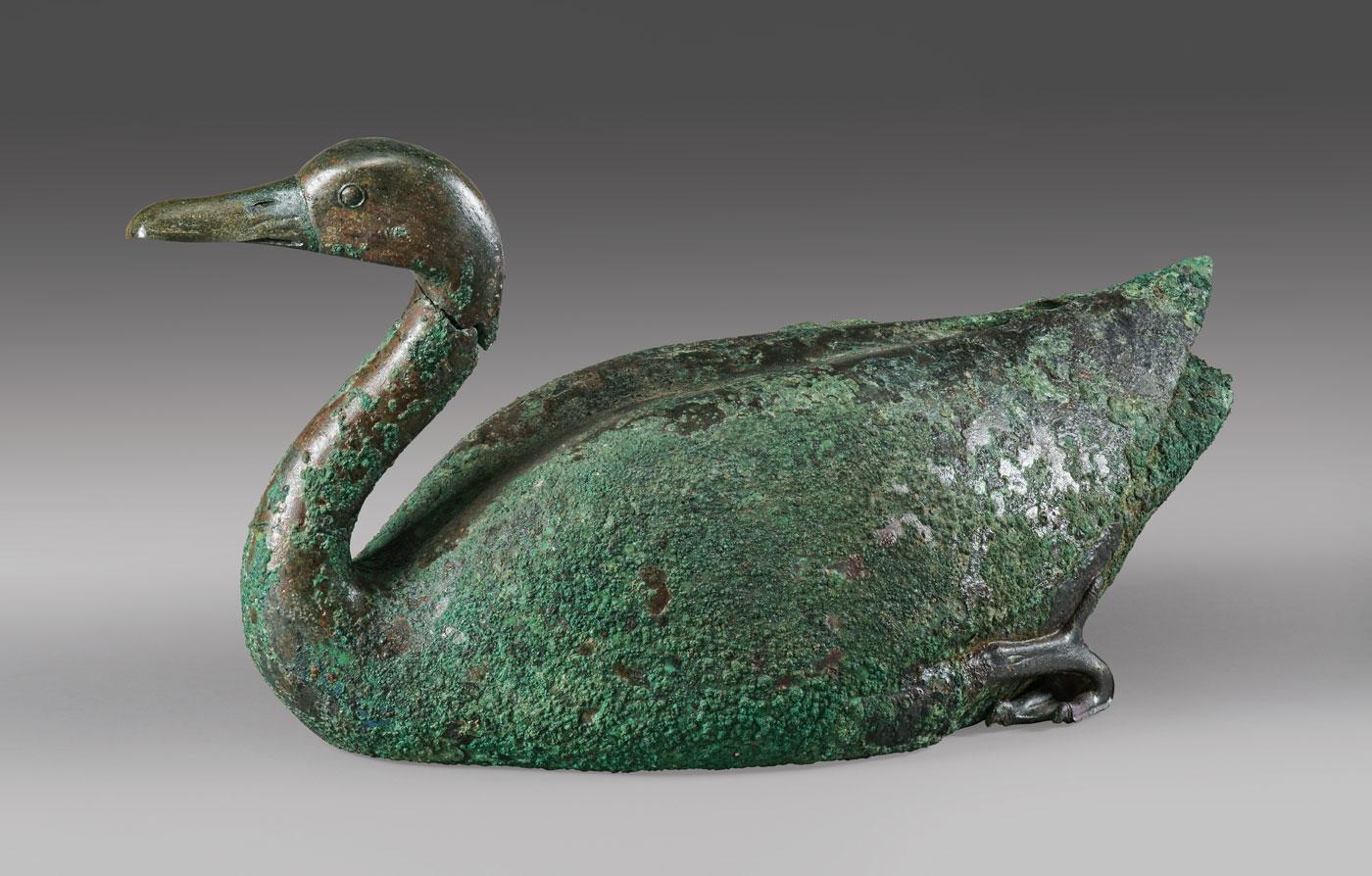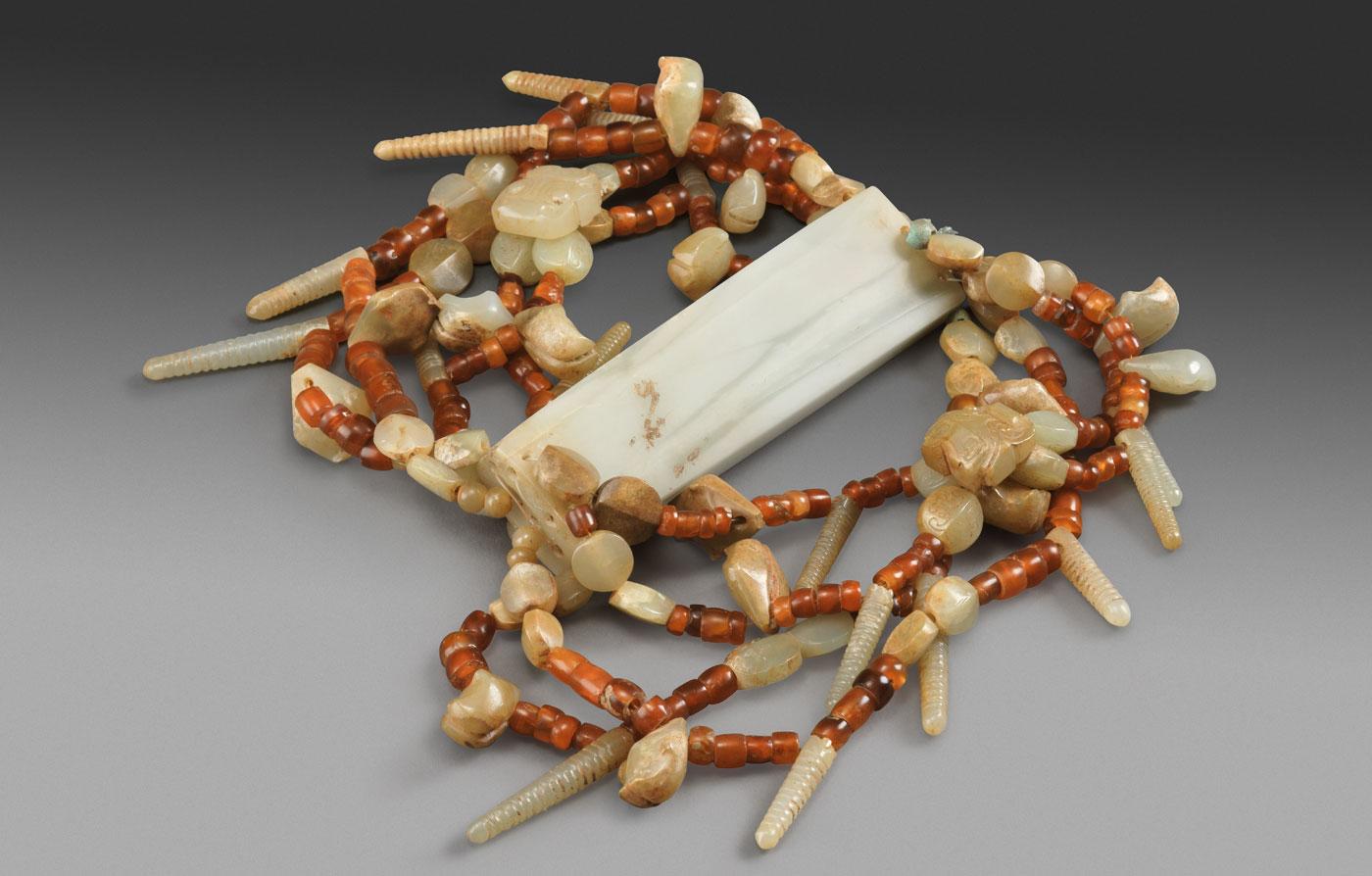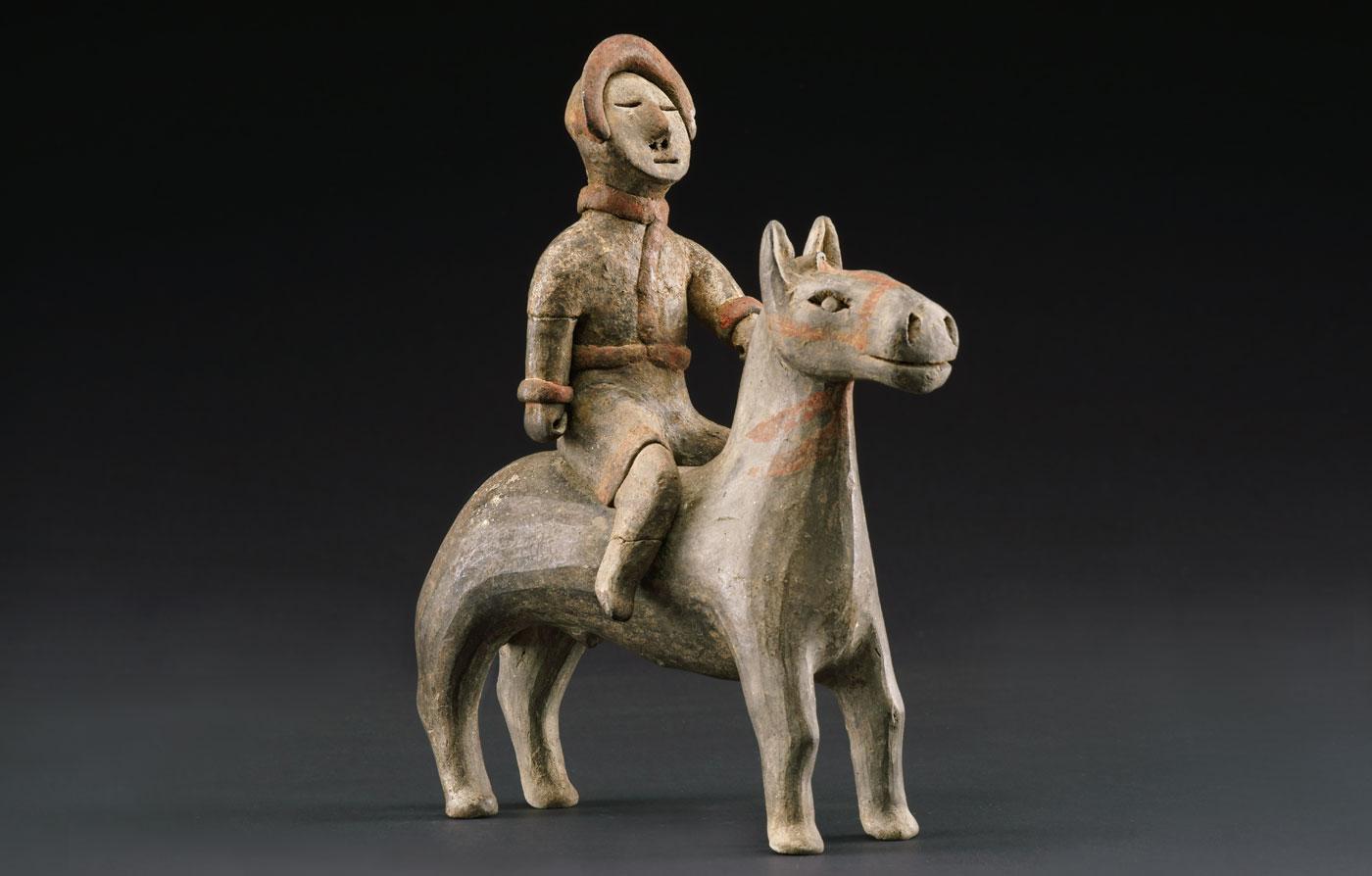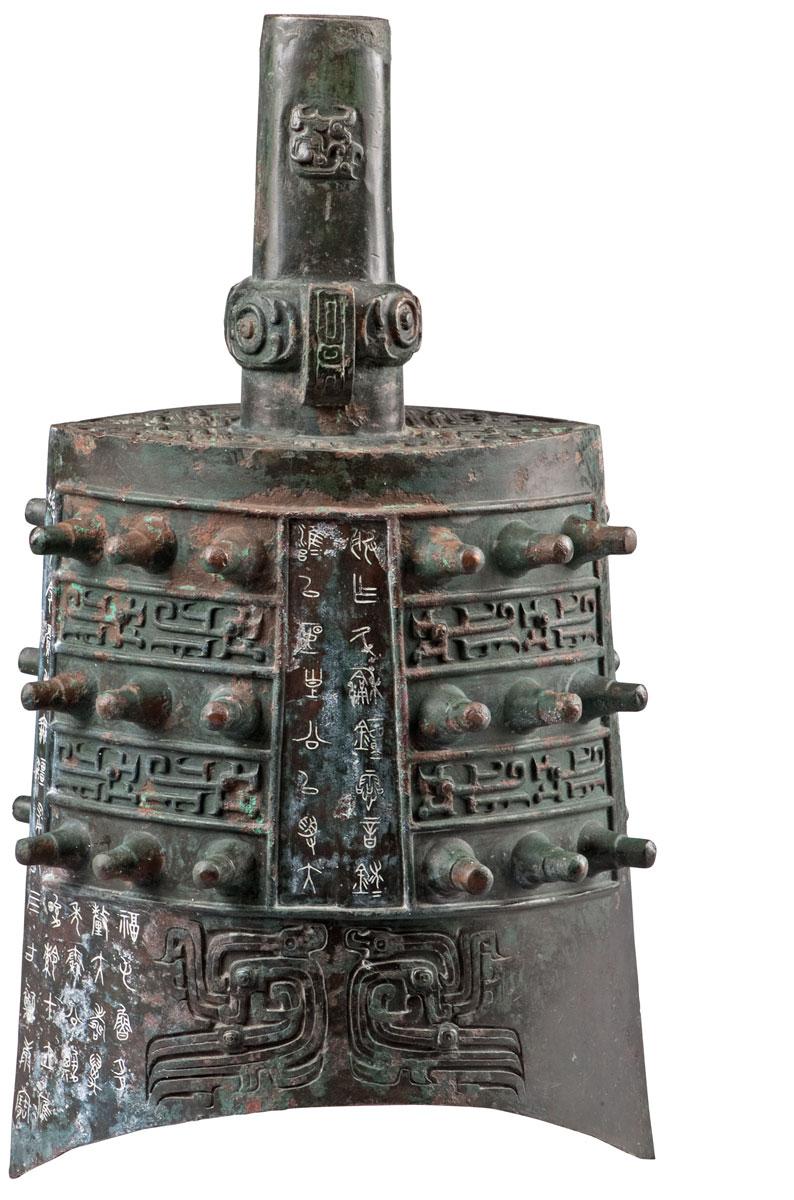The Virginia Museum of Fine Arts (VMFA) in Richmond has spent years fostering relationships with Chinese cultural institutions. This hard work helped land them the exhibition Terracotta Army: The Legacy of the First Emperor of China, open from November 18, 2017, through March 11, 2018. Previously, the VMFA was the exclusive US venue for the 2014–15 exhibition, Forbidden City: Imperial Treasures from the Palace Museum, Beijing. In 2016, the Palace Museum in Beijing displayed the VMFA’s collection of Fabergé eggs and objects, marking the first time a US institution had exhibited in that museum.
Alex Nyerges, the VMFA’s executive director, gives full credit for the museum’s accomplishments with China to “the genius of Li Jian,” the VMFA’s E. Rhodes and Leona B. Carpenter Curator of East Asian Art and co-curator of the exhibition (with Hou-mei ung, curator of Asian Art, Cincinnati Art Museum). “In many ways,” says Li Jian, “the exhibition was born out of VMFA’s ongoing cultural exchange with China…”
Li Jian began working at the VMFA in 2007, helping oversee the museum’s collection of East Asian art and its renovated and expanded galleries for Chinese, Korean, and Japanese art. Before joining the VMFA, she was curator of Asian art at the Dayton Art Institute. Other exhibitions on which she has worked include Glory of the Silk Road (2003), Selected Works from the Dayton Art Institute Permanent Collection (1999), and Eternal China: Splendors from the First Dynasties (1998). Li Jian received her undergraduate degree from the Beijing Second Foreign Language Institute and her master’s from the University of Minnesota.
To shape the narrative of the VMFA’s new exhibition, Jian says she first “identified the themes of the exhibition and then selected artwork around the thematic sections, including the First Emperor’s unification of China and his significant reforms; the second section looks back to the birth of Qin as a state, how it grew from a small state into a powerful empire over a course of 500 years. The last section explores Emperor Qin Shi Huang’s afterlife—his quest for immortality [through the] terracotta warriors and figures excavated from the Emperor’s mausoleum.”
Terracotta Army Marches into Virginia’s Capital
The 130-plus items comprising the Terracotta Army show come from 14 art museums and archaeological institutes across the Shaanxi Province—40 of the works having never been on display before in the United States. The sculptures depicting the First Emperor’s armies showcase a form of funerary art buried with the emperor in 210–209 BC and whose purpose was to protect the emperor in his afterlife.
Each of these historically important small figures is unique: with their horses, chariots, and weapons, they are masterpieces of realism. Visitors to the VMFA were able to get up close and personal with figures such as an armored general (221–206 BC). According to Michael Taylor, VMFA chief curator and deputy director of art, “We’re installing the warriors so that visitors can walk around them a full 360 degrees.”




